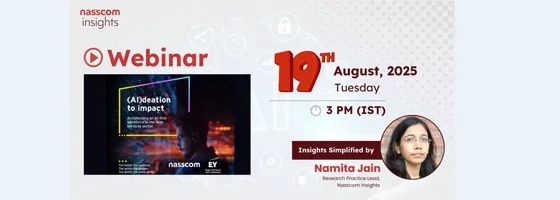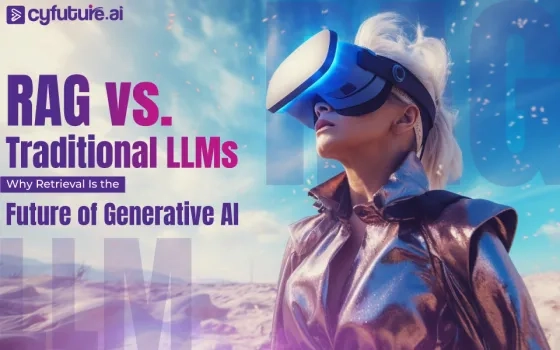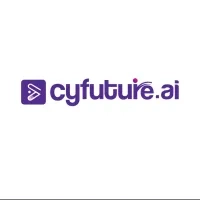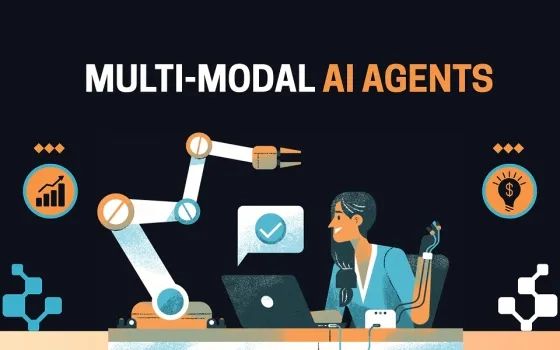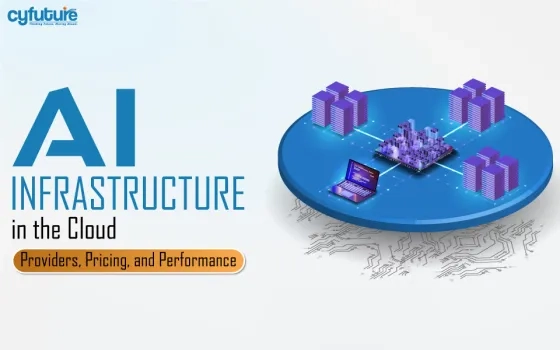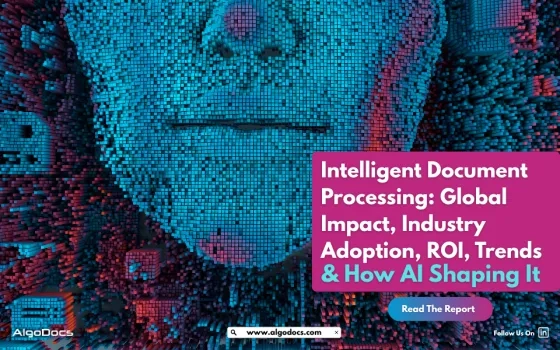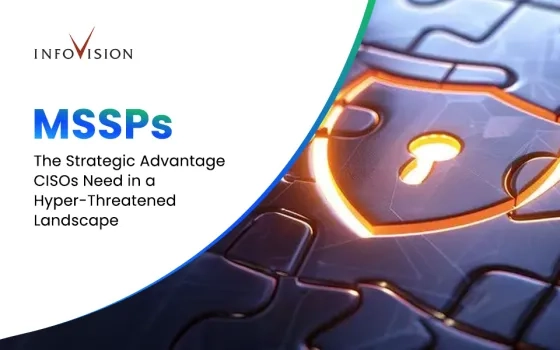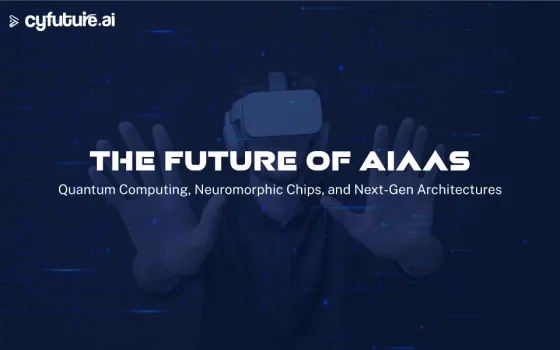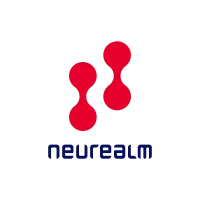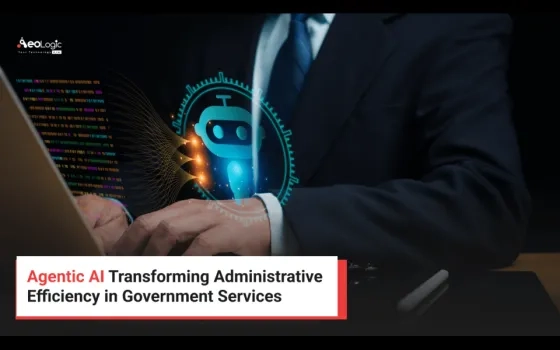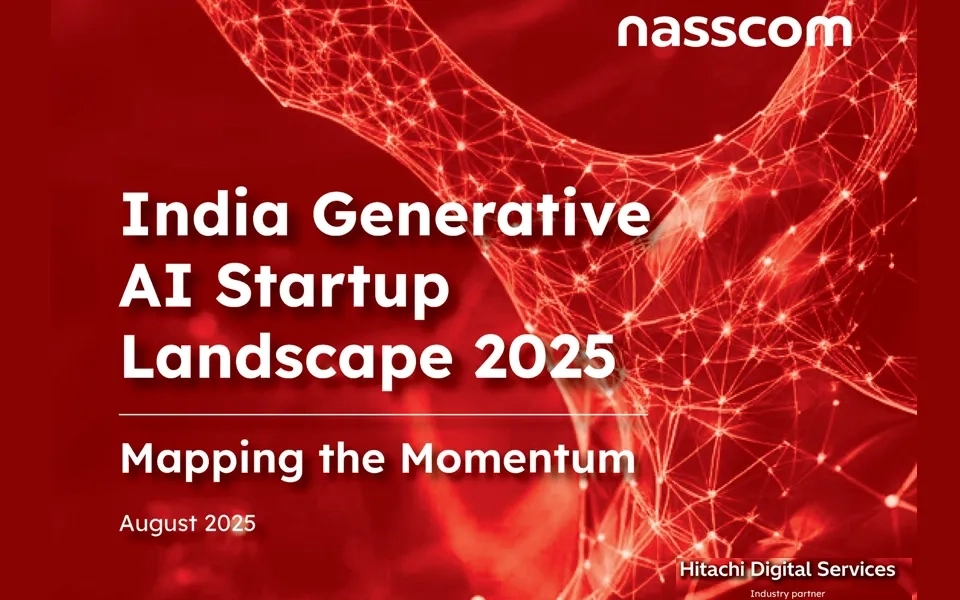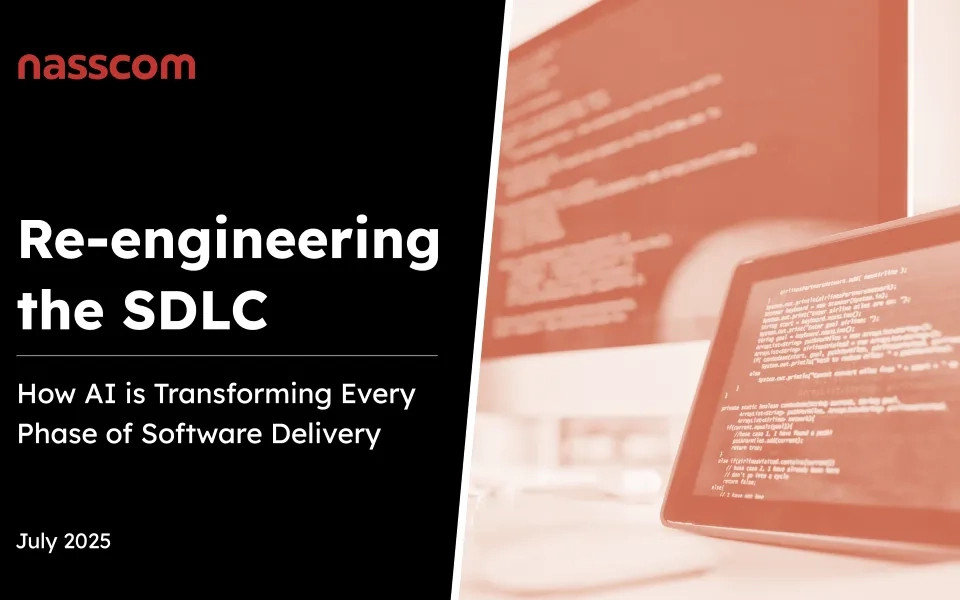Executive Summary
The enterprise AI landscape is experiencing a fundamental shift. While traditional Large Language Models (LLMs) captured headlines with their impressive capabilities, a more practical and powerful approach has emerged: Retrieval-Augmented Generation (RAG). The numbers tell a compelling story—RAG adoption has surged to 51% in enterprise production environments, up from 31% just one year ago, while the global RAG market size was estimated at USD 1.2 billion in 2023 and is projected to reach USD 11.0 billion by 2030, growing at a CAGR of 49.1%.

This isn't just another AI trend. RAG represents a paradigm shift from static, knowledge-frozen models to dynamic, continuously-updated AI systems that can access and reason over real-time information. For CTOs, AI leads, and enterprise architects, understanding this transition is critical to building sustainable AI strategies.
The Fundamental Limitation: The Knowledge Cutoff Problem
Traditional LLMs suffer from a critical architectural flaw: knowledge stagnation. When GPT-4 was trained, its knowledge was frozen at its training cutoff date. Every enterprise deploying traditional LLMs faces the same challenge—their AI systems become increasingly obsolete as new information emerges.
Consider the healthcare sector, where a generative AI model trained on medical texts from 2023 will quickly become obsolete in 2025. Medical research evolves rapidly, with new treatment protocols, drug discoveries, and clinical guidelines emerging continuously. A traditional LLM cannot access this critical information without expensive retraining cycles.
This limitation extends beyond healthcare:
- Legal: Regulations change, new case law emerges, compliance requirements evolve
- Financial: Market conditions shift, new products launch, economic indicators fluctuate
- Technology: New frameworks emerge, security vulnerabilities are discovered, best practices evolve
- Customer Support: Product updates, policy changes, seasonal promotions require immediate integration
RAG: The Dynamic Knowledge Architecture
Retrieval-Augmented Generation solves the knowledge stagnation problem through a fundamentally different architecture. Instead of storing all knowledge within model parameters, RAG systems:
- Maintain live knowledge bases that can be updated in real-time
- Retrieve relevant context for each query from authoritative sources
- Generate responses using both the retrieved information and the model's reasoning capabilities
- Provide attribution to source materials, enabling verification and compliance
The Technical Architecture Advantage
RAG's architecture provides several technical advantages over traditional LLMs:
Memory Efficiency: Traditional LLMs require massive parameter counts to store knowledge. RAG systems can achieve comparable performance with smaller, more efficient models by outsourcing knowledge storage to optimized retrieval systems.
Update Mechanism: While updating a traditional LLM requires expensive retraining (often costing millions of dollars), RAG systems can incorporate new information by simply updating their knowledge base—a process that can happen in minutes rather than months.
Source Verification: RAG systems provide provenance for their responses, linking generated content back to source documents. This is crucial for enterprise applications where audit trails and compliance are mandatory.
Domain Adaptation: RAG systems can be rapidly adapted to new domains by swapping knowledge bases, whereas traditional LLMs require domain-specific fine-tuning or complete retraining.
The Enterprise Reality: Adoption Statistics and Business Impact
The enterprise adoption data reveals a clear trend toward RAG systems:
- 73.34% of RAG implementations are happening in large organizations
- Fine-tuning remains surprisingly rare, with only 9% of production models being fine-tuned
- A leading online retailer saw a 25% increase in customer engagement after implementing RAG-driven search and product recommendations
These statistics reflect a practical reality: enterprises need AI systems that can integrate with existing data infrastructure and provide immediate business value without massive upfront investments in model development.
Cost-Benefit Analysis: RAG vs Traditional LLM Deployment
Traditional LLM Deployment Costs:
- Initial training: $10M-$100M+ for large models
- Infrastructure: High-end GPU clusters for training and inference
- Maintenance: Periodic retraining cycles every 6-12 months
- Expertise: Specialized ML teams for model development and maintenance
RAG System Deployment Costs:
- Base model licensing: $50K-$500K annually for API access
- Vector database infrastructure: $10K-$100K annually
- Integration development: $100K-$1M one-time cost
- Maintenance: Content updates and system monitoring
For most enterprises, RAG provides a 10x-100x cost advantage while delivering superior performance for domain-specific applications.
Performance Metrics: Where RAG Excels
Recent studies demonstrate RAG's superior performance in enterprise-critical metrics:
Accuracy and Reliability
RAG systems showed a 15% improvement in retrieval precision for legal document analysis, a critical advantage in high-stakes applications where accuracy directly impacts business outcomes.
Latency and Scalability
RAG systems typically achieve:
- Response latency: 200-500ms for complex queries
- Throughput: 100-1000 requests per second per node
- Scalability: Linear scaling with retrieval infrastructure
Knowledge Freshness
Unlike traditional LLMs with fixed knowledge cutoffs, RAG systems can incorporate information updated within:
- Real-time: For live data feeds and APIs
- Minutes: For document uploads and content management systems
- Hours: For batch processing and data warehouse integration
|
RAG vs Traditional LLMs
|
| |
Traditional LLMs
|
RAG
|
|
Knowledge Freshness
|
Fixed cutoff date
|
Real-time updates
|
|
Cost Structure
|
$10M-$100M+ training
|
$100K-$1M implementation
|
|
Accuracy
|
Declining over time
|
15% improvement in precision
|
Advanced RAG Architectures: The Next Generation
The RAG landscape is rapidly evolving beyond simple retrieval patterns. Enterprise-grade RAG systems now incorporate:
Hybrid Retrieval Systems
Hybrid indexing combines dense and sparse representations, with dense embeddings excelling at capturing semantic relationships while sparse methods handle exact matches and keyword-based queries.
Multimodal Integration
Multimodal RAG is experiencing rapid growth in 2025, driven by the rise of Vision-Language Models (VLMs). This enables RAG systems to reason over:
- Text documents and databases
- Images and diagrams
- Audio and video content
- Structured data and knowledge graphs
Agentic RAG Workflows
Agentic RAG will be the new top-of-mind topic, promising new levels of efficiency and more complex workflows. These systems can:
- Plan multi-step retrieval strategies
- Synthesize information from multiple sources
- Perform iterative refinement based on initial results
- Execute complex reasoning chains across diverse data types
Risk Mitigation and Governance
Enterprise RAG deployment requires careful attention to:
Data Security and Privacy
- Access Control: Role-based permissions for knowledge base access
- Data Encryption: End-to-end encryption for sensitive information
- Audit Logging: Complete tracking of data access and retrieval patterns
- Compliance: GDPR, HIPAA, and industry-specific regulatory requirements
Quality Assurance
- Source Validation: Automated checks for data quality and freshness
- Response Monitoring: Continuous evaluation of generated content accuracy
- Feedback Loops: Mechanisms for users to report and correct errors
- Version Control: Tracking changes in knowledge bases and their impact on outputs
Bias and Fairness
- Diverse Sources: Ensuring knowledge bases represent diverse perspectives
- Bias Detection: Automated monitoring for discriminatory patterns
- Transparent Attribution: Clear source citations enable bias identification and correction
The Economic Impact: ROI Analysis
Enterprise RAG deployments typically achieve ROI through:
Direct Cost Savings
- Reduced Support Costs: Automated responses to common queries reduce support ticket volume by 40-60%
- Accelerated Decision Making: Faster access to relevant information reduces analysis time by 30-50%
- Training Efficiency: New employee onboarding time reduced by 25-40% through AI-assisted learning
Revenue Enhancement
- Customer Experience: Personalized recommendations and support increase customer satisfaction and retention
- Product Development: Faster market research and competitive analysis accelerate innovation cycles
- Sales Enablement: Real-time access to product information and competitive intelligence improves sales effectiveness
Competitive Advantage
Early RAG adopters gain significant advantages:
- Time-to-Market: Faster product development and market entry
- Customer Insights: Deeper understanding of customer needs and preferences
- Operational Excellence: More efficient internal processes and decision-making

Future Outlook: The RAG Trajectory
The RAG ecosystem is rapidly maturing, with several key trends shaping its future:
Market Growth
Multiple industry reports project explosive growth:
- The market is expected to grow at a CAGR of over 35.31% during the forecast till 2035
- The global market is growing at 44.7% CAGR from 2024 to 2030
This growth reflects increasing enterprise recognition of RAG's practical advantages over traditional LLM approaches.
Technology Evolution
- Improved Embedding Models: Better semantic understanding and cross-lingual capabilities
- Advanced Vector Databases: Higher performance, better scalability, and more sophisticated indexing
- Integrated Platforms: End-to-end RAG solutions with minimal configuration requirements
- Edge Deployment: Local RAG systems for sensitive data and low-latency applications
Industry Standardization
As RAG adoption accelerates, we expect:
- Best Practice Frameworks: Standardized approaches for RAG architecture and deployment
- Vendor Ecosystem: Specialized tools and platforms for RAG development and management
- Skills Development: Training programs and certifications for RAG specialists
- Regulatory Guidelines: Industry-specific requirements for RAG system governance
Conclusion: The Strategic Imperative
The evidence is clear: RAG represents the future of enterprise AI deployment. Organizations that recognize this trend early and invest in RAG capabilities will gain substantial competitive advantages. Those that continue to rely solely on traditional LLMs will find themselves constrained by static knowledge, high costs, and limited adaptability.
For technology leaders, the choice is not whether to adopt RAG, but how quickly and effectively to implement it. The market data, performance metrics, and early adopter success stories all point to the same conclusion: Retrieval-Augmented Generation is not just an improvement over traditional LLMs—it's a fundamental reimagining of how AI systems should be built and deployed in enterprise environments.
The question isn't whether your organization will adopt RAG. The question is whether you'll be an early adopter capturing competitive advantage, or a late follower struggling to catch up.

